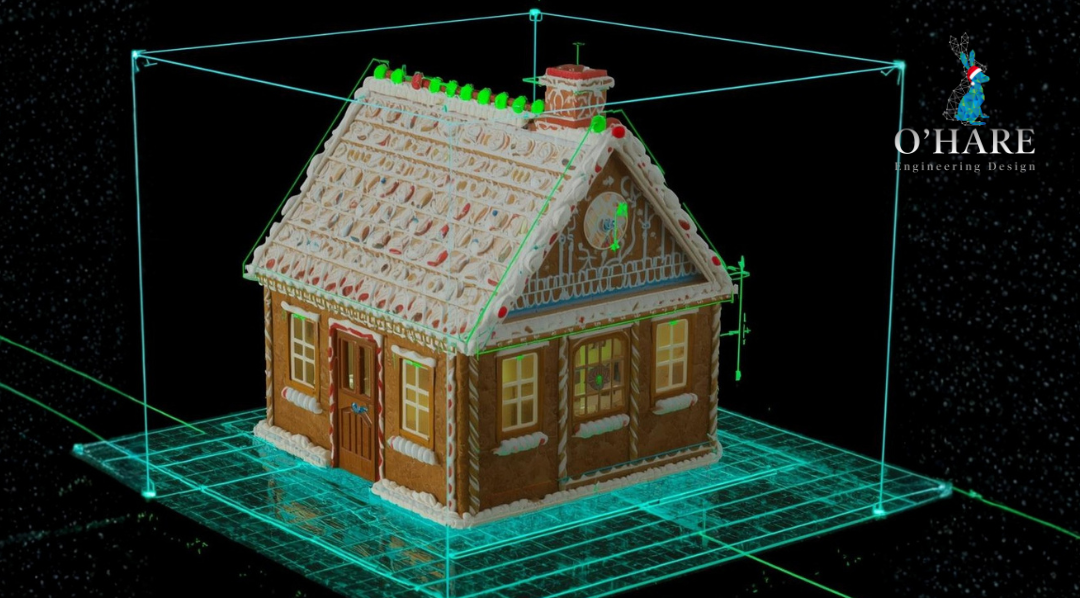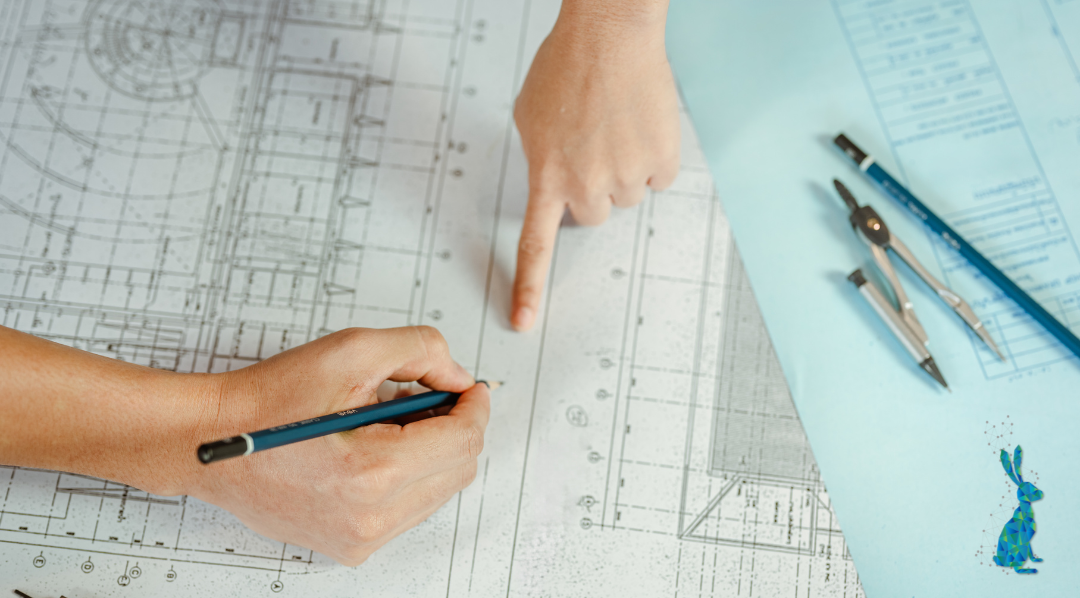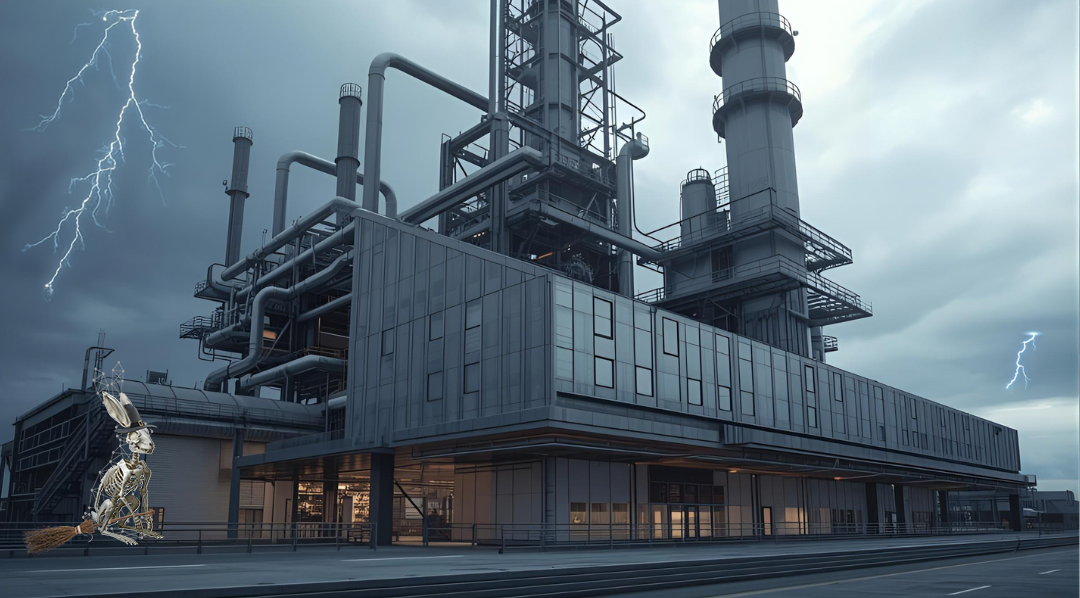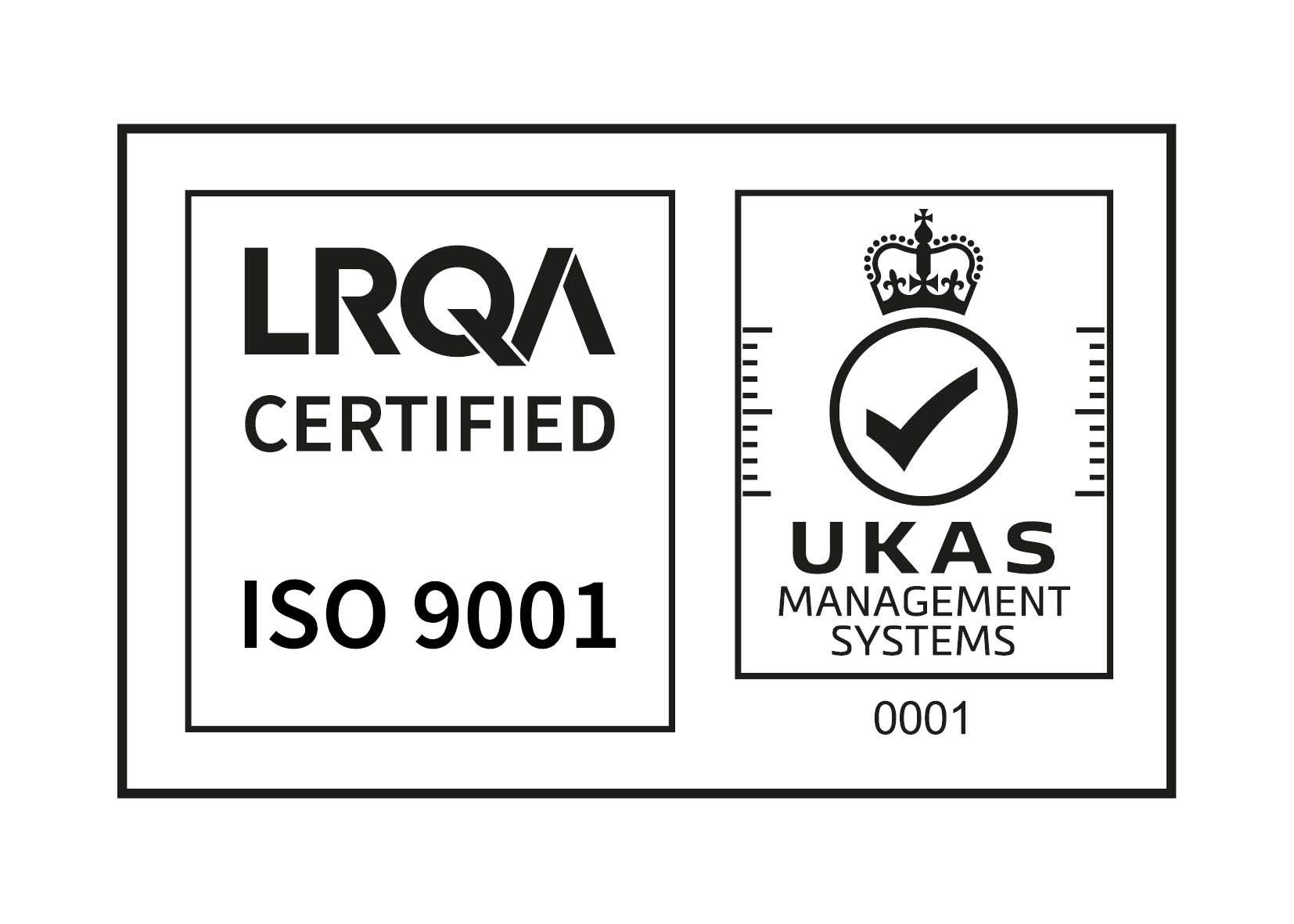3 ENGINEERING DESIGN TRENDS THAT AREN’T JUST FADS OR BUZZWORDS
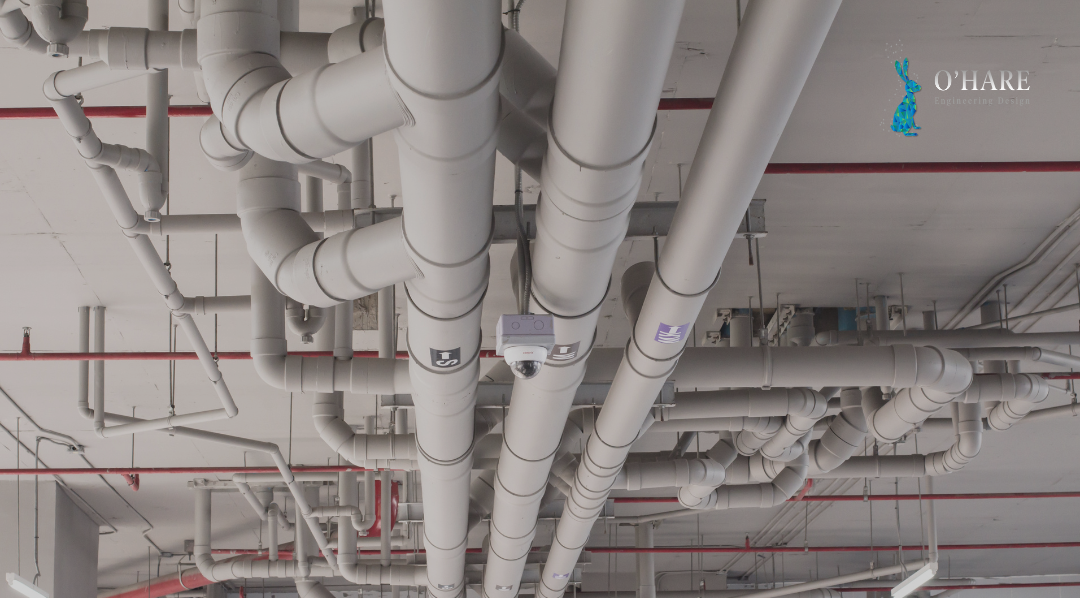
3 ENGINEERING DESIGN TRENDS THAT AREN’T JUST FADS OR BUZZWORDS
Date: 28th April 2023
"It’s just a fad."
"No one will be using or even thinking about that in 6 months time."
These are phrases that most engineers have heard when a new design tool or technique is introduced to the market.
As engineers, it's important to embrace new technologies that can help us work smarter, not harder. However, it's easy to become jaded when new-fangled systems and processes come and go so quickly. So, which 2023 engineering design trends are actually worth your time and energy?
1. Digital Twinning
Digital twinning has massively climbed in popularity in the last year or so. In case you’ve not come across this term yet, digital twinning is the process of creating a virtual replica of a physical asset, system, or process. This technology allows engineers to model and simulate various scenarios as well as test solutions in a virtual environment before implementing them in the physical world. It can be used to identify potential problems and design solutions before a physical prototype is built.
Recent advances in this technology have made it an essential tool for the future of engineering design by making it more accessible and user friendly. The reason that it's one to watch in 2023 is it is making huge advancements in health and safety practices on site as well as improving the efficiency of many on site design procedures and reducing scrap and wasted materials.
2. AI and Machine Learning
Artificial intelligence (AI) and machine learning are making huge waves in nearly every industry sector at the moment, and it appears that a lot of mechanical designers are looking for new innovative ways to use this software to optimise new and existing systems. Although its application isn’t as clear cut as it is in say manufacturing or R&D, 2023 has already seen an increase in uses for AI and machine learning to provide automated solutions in mechanical pipework design. Most notably, this software is being used to support tasks like layout and routing, sizing and selection of components, optimisation of systems and predictive maintenance on site.
This trend does come with a couple of huge watch outs though, especially in its current early stage development. Firstly, these systems seem intelligent (because they are) but they can only work with the data it has and the parameters it’s given. This means that the solutions they provide aren’t always the most realistic, and getting from A to B isn’t always achieved using the most simple or common sense approach.
Secondly, there is the issue of traceability when it comes to using AI within engineering design. Traceability is an important aspect of any design project because it reinforces all design decisions that were made throughout the development process to ensure all quality control, risk management, health and safety, budget and compliance requirements have been met.
Finally, AI algorithms rely on large amounts of data, which can include sensitive or confidential information about the pipework system and/or the organisation that owns it. It is important to ensure that appropriate measures are taken to protect the privacy and security of this data.
3. Sustainable Engineering Design
Sustainable design is a growing trend in engineering. Engineers are increasingly looking for ways to design products and systems that are environmentally friendly and resource-efficient in order to comply with the government's Net Zero targets. Sustainable design can be achieved through a variety of methods, such as using recycled materials, designing for energy efficiency, and reducing waste on site and is an important consideration within most design projects moving forwards.
Engineering design trends are constantly evolving, but these 3 are definitely the ones to watch. Digital twinning, AI and machine learning and sustainable design are all making great strides in improving on site efficiency and safety. By embracing these trends, engineers can future-proof their designs and stay ahead of the curve.

